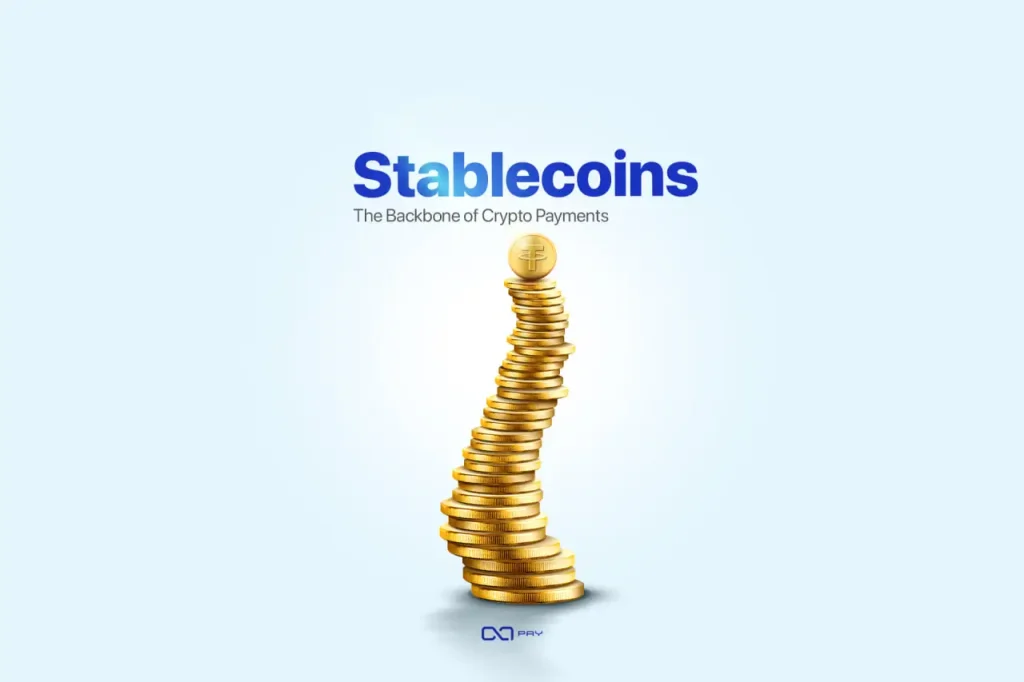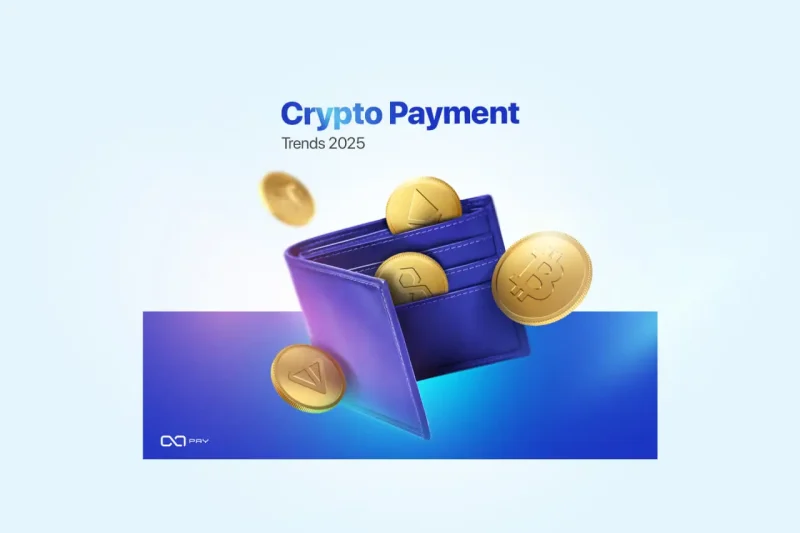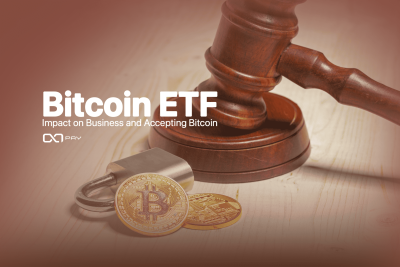Crypto payments are transforming global commerce, and 2025 marks a pivotal year for their adoption. As technological advancements, regulatory shifts, and economic factors accelerate, businesses and consumers are embracing digital assets at an unprecedented rate. From government policies and stablecoin adoption to Web3 innovations and changing consumer behaviors, crypto payments trends in 2025 are reshaping financial transactions worldwide. This article explores the key drivers behind this transformation, offering insights into how businesses and policymakers can navigate the evolving crypto landscape.
Why Focus on Crypto Payments in 2025?
Cryptocurrency payments are expanding quickly in 2025 as technology improves, regulations evolve, and more businesses and consumers start using them. With their growing role in international trade, crypto payments are becoming a key part of the global economy. Here’s why they are important:
- Global Economic Dynamics: Economic challenges, such as inflation and financial instability, are driving businesses and individuals toward cryptocurrencies as a hedge against traditional risks. In 2025, crypto offers not just an alternative but often a more resilient financial solution.
- Technological Breakthroughs: Innovations in blockchain scalability, artificial intelligence, and Web3 are reshaping how payments are processed. These advancements ensure faster, more secure, and efficient transactions that cater to modern commerce demands.
- Governmental and Institutional Engagement: Regulatory clarity in key markets, coupled with the increasing adoption of stablecoins and digital currencies by central banks, is creating a robust framework for crypto integration. This year marks a significant step forward in the global acceptance of cryptocurrencies.
- Consumer and Business Shift: Both consumers and businesses are increasingly recognizing the value of crypto payments. Whether it’s small businesses leveraging crypto for cost reduction or consumers valuing its speed and security, 2025 is the year of mainstream adoption.
- Strategic Importance: From geopolitical tensions to the rise of decentralized economies in the metaverse, cryptocurrencies are influencing every facet of commerce. Understanding these shifts is essential for businesses and policymakers to stay competitive.
Government Acceptance and Policy Evolution
U.S. Policy Shifts and Crypto Regulation
The increasing involvement of governments is a key factor in crypto payments trends in 2025. In the United States, the transition to Donald Trump’s administration has signaled potential policy shifts favoring deregulation and innovation in the financial sector. His pro-business stance is expected to create a more favorable environment for blockchain and crypto enterprises, particularly by developing a regulatory framework that balances oversight with growth (Bloomberg).
European Regulatory Developments
In Europe, the Markets in Crypto-Assets (MiCA) regulation is shaping the industry’s future. By standardizing crypto governance across the European Union, MiCA is enhancing market confidence and supporting cross-border adoption. This clarity is particularly beneficial for businesses navigating compliance requirements across multiple jurisdictions (finance).
Analysis
As governments refine regulations, crypto payments trends in 2025 continue to evolve. While progressive policies drive innovation, restrictive measures in some regions may hinder adoption. Striking a balance between regulation and financial freedom is essential for sustainable growth.
Technological Advancements Driving Crypto Payments
Scalability and Speed
Blockchain scalability remains a top priority as the demand for crypto payments grows. Various technologies, including Ethereum’s Proof-of-Stake (PoS) upgrade, Layer 2 scaling solutions like the Lightning Network for Bitcoin, and rollups for multiple blockchains, are addressing scalability challenges. These advancements reduce transaction costs and increase processing speed, making crypto payments more efficient and widely accessible(starknet).
Artificial Intelligence in Risk Management
AI is transforming the crypto payment ecosystem by detecting fraud, optimizing payment routes, and improving compliance with anti-money laundering (AML) standards. Companies like Chainalysis are leveraging machine learning to monitor transactions and identify suspicious activities, significantly reducing financial risks (Chainalysis).
Analysis
These technological advancements are not just about efficiency, they are about fostering trust in crypto payments. By reducing transaction times and improving security, these innovations are making crypto more accessible to businesses and consumers.

Stablecoins: The Backbone of International Crypto Payments
Mitigating Volatility
One of the key crypto payments trends in 2025 is the growing use of stablecoins to address price volatility. Pegged to fiat currencies, stablecoins provide a predictable value, making them ideal for businesses engaged in cross-border trade. Their adoption surged by 40% in 2024, allowing merchants to avoid exchange rate fluctuations (Bank for international settlements ).
Institutional Adoption
Financial institutions like Visa and PayPal are integrating stablecoins into their ecosystems to enhance transaction efficiency. These developments reduce costs, speed up settlements, and make stablecoins a bridge between traditional finance and decentralized payments(pymnts).
Analysis
As stablecoins gain traction, they are becoming a crucial part of crypto payments trends in 2025. Their institutional adoption signals a shift toward a more stable and scalable crypto economy, revolutionizing international transactions.
How Geopolitics Affects Crypto Adoption
Sanctioned Nations Turning to Crypto
Countries under economic sanctions, such as Venezuela and Iran, are increasingly leveraging cryptocurrencies to bypass traditional financial systems. For instance, Bitcoin has become a critical tool for international trade in these regions (Bitcoin news ).
U.S.-China Rivalry
The digital yuan is gaining traction, challenging the dominance of the U.S. dollar in global trade. By late 2024, it accounted for 3% of international settlements, signaling China’s ambition to reshape the global financial order (IMF).
Analysis
Geopolitical factors are accelerating the adoption of crypto as a decentralized alternative to traditional systems. This trend underscores the strategic importance of cryptocurrencies in global power dynamics.
Changing Consumer and Business Behaviors
SMEs Embracing Crypto Payments
Small and medium-sized enterprises (SMEs) are increasingly adopting crypto payments to lower transaction costs and expand their customer base. A Deloitte survey found that 85% of merchants expect digital currencies to become mainstream in their industries by 2026, while 73% of businesses with revenues between $10M and $100M plan to invest in crypto payment solutions (Deloitte).
Consumer Awareness
Consumers are becoming more aware of the benefits of crypto payments, including security, speed, and lower transaction costs. Educational initiatives and awareness campaigns by crypto platforms and financial institutions are helping bridge knowledge gaps, leading to increased adoption of digital currencies. As more people understand how crypto works, its use in everyday transactions continues to grow.
Analysis
The growing adoption of crypto by SMEs and consumers reflects a broader trend of decentralization in commerce. This shift is democratizing access to global markets, especially for smaller players.

Innovations in the Metaverse and Web3
Tokenized Payments in Virtual Worlds
The metaverse is redefining commerce by enabling tokenized transactions for virtual and physical assets. Platforms like Decentraland are creating decentralized marketplaces for trading digital goods (CoinDesk).
Web3 Economies
Web3 technologies are empowering decentralized economies. Decentralized autonomous organizations (DAOs) are fostering collaborative decision-making, paving the way for a more inclusive economic landscape (Web3 and DAOs).
Analysis
The integration of crypto payments in the metaverse and Web3 signifies the next frontier in digital commerce. These technologies are not just reshaping how transactions are conducted, they are redefining the very fabric of economic systems.
Economic Factors Driving Adoption
Inflation and Financial Instability
High inflation rates are pushing individuals and businesses toward cryptocurrencies as a hedge against financial instability. Bitcoin purchases increased by 30% during inflationary periods in 2024 (reuters).
E-commerce Growth
The rapid growth of e-commerce is fueling demand for efficient payment systems. Solutions like OxaPay’s WooCommerce plugin are enabling retailers to accept crypto payments seamlessly.
Analysis
Economic factors like inflation and the rise of e-commerce are creating a fertile ground for crypto adoption. Businesses that embrace these changes are better positioned to thrive in a volatile financial environment.
OxaPay Impact on Crypto Payment Adoption in 2025
Streamlining Integration and Adoption
In 2025, as crypto payments become integral to global commerce, OxaPay crypto payment gateway stands out as a bridge for businesses to enter the crypto ecosystem. Its streamlined processes make adopting cryptocurrency payments accessible for businesses of all sizes, from small enterprises to global corporations.
Fostering Accessibility and Efficiency
By supporting multi-currency transactions and simplifying cross-border payments, OxaPay aligns with the rising demand for stablecoins and efficient financial systems. Its focus on operational ease ensures businesses can meet consumer expectations for fast and secure payments.
Empowering Businesses for Growth
OxaPay’s commitment to innovation and adaptability positions it as a vital partner for businesses navigating the complexities of crypto adoption. Whether it’s leveraging blockchain technology to enhance transaction efficiency or addressing regulatory shifts, OxaPay provides the tools needed to thrive in a crypto-driven economy.
This structured approach highlights OxaPay’s impact while ensuring clarity and ease of reading.
Conclusion
In crypto payments trends 2025, government policies, technological advancements, and consumer behaviors are shaping the future of digital transactions. Businesses and individuals must stay informed and adapt to these changes to remain competitive. Payment gateways like OxaPay simplify crypto payments, providing the tools needed to navigate this evolving financial landscape with ease and efficiency.




